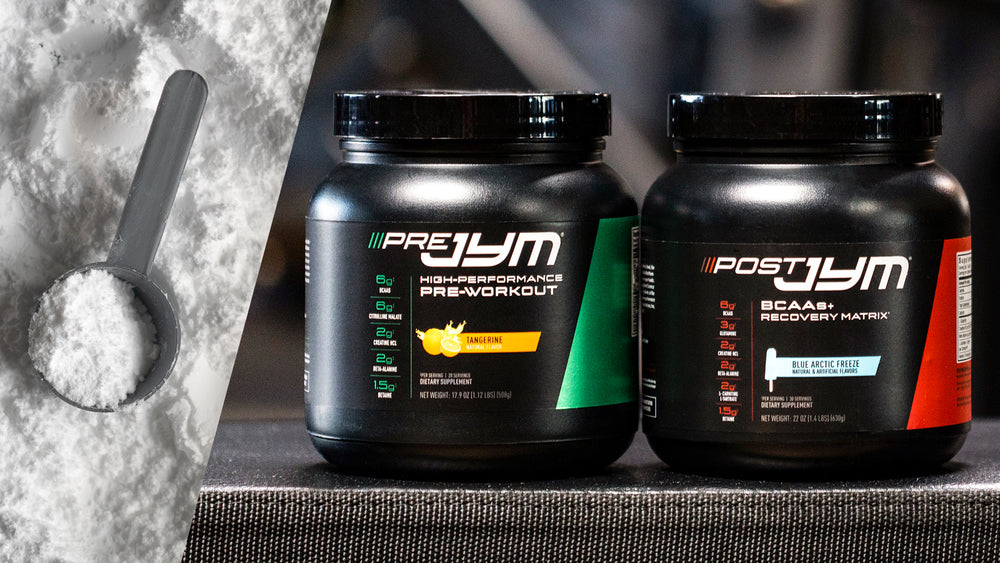New Year’s Resolutions typically suck (and fail miserably) because they’re too broad, too ambitious, and lack a realistic plan.
“I want to get in shape this year” – too broad, no plan.
“I want to lose 20 pounds by Spring.” – more specific, but probably too ambitious, and still no actionable plan for how that’s going to happen
If you’re having trouble staying consistent on a fitness and health regimen, you need to boil it down to simple strategies that you can reasonably implement and sustain. The below tips are just that. Some (or all) of them may sound insignificant, but that’s the point – they’re fairly easy. But here’s the thing: not only are they highly doable and sustainable, but these habits can lead to surprisingly significant changes and, more importantly, lead to establishing even more positive habits.
1. Count your Drinks
The simple mandate to “cut back on drinking alcohol” is needed for many people. Americans drink too much, and science has made it pretty clear that alcohol likely provides ZERO health benefits. Excessive alcohol consumption can lead to a wide range of health risks, including liver disease, cancer, heart disease, and neurological damage.
One of the most well-known risks associated with excessive alcohol consumption is liver disease. The liver is responsible for breaking down and removing toxins from the body, and excessive alcohol consumption can cause the liver to become inflamed and damaged, leading to conditions such as fatty liver disease, hepatitis, and cirrhosis.
Cancer is another significant health risk associated with excessive alcohol consumption. Alcohol consumption has been linked to an increased risk of several types of cancer, including breast, colon, esophageal, and head and neck cancer.
Heart disease is also a concern for those who consume excessive amounts of alcohol. Heavy drinking can lead to high blood pressure, an enlarged heart, and an increased risk of stroke. Additionally, excessive alcohol consumption can also lead to changes in the heart's electrical activity, increasing the risk of sudden cardiac death.
Neurological damage is another potential risk of excessive alcohol consumption. Heavy drinking can lead to a number of neurological conditions, including memory loss, difficulty with coordination, and a condition called Wernicke-Korsakoff syndrome, which causes severe memory loss and confusion.
It's important to note that these risks increase with the amount of alcohol consumed and the frequency of drinking, this means that the more alcohol consumed and the more often you drink, the greater the risk of developing these health problems.
All that said, “stop drinking” often falls on deaf ears. Plus, many people are dealing with serious addiction, and we’re not addiction experts, so we’re not here to tell you to stop. It's important to consult a healthcare professional if you are concerned about your alcohol consumption. They can provide guidance and support on how to reduce alcohol consumption in a safe and healthy way.
Why are you doing this? Because knowing you’re going to have to record that next drink with pen and paper may cause you to consume fewer drinks. We’re not telling you to quit drinking. We’re telling you to hold yourself accountable for your drinking, which (you never know) could organically lead to a reduction in your overall consumption.
To implement this tip, start by getting a notebook or journal with a daily calendar on it. Every time you have a drink, record it in the journal. Or, at the end of each day, write down (honestly) how many drinks you had that day. Weekends included. At the end of the week, add up the drinks from the last seven days. This will help you to see on paper how many alcoholic beverages you’re actually drinking every day and every week and may open your eyes to the fact that you need to cut back.
2. Wake Up 30 Minutes Earlier
Everyone complains about not having enough time to work out. That’s an obvious lie. You do have time, roughly 16 to 18 waking hours a day (give or take); you’re just choosing to not use it for exercise. But that’s not the point. Let’s say you are in fact short on time. Wake up 30 minutes earlier than normal and, voila, you’ve magically bought yourself 30 more minutes in the day. That’s enough time for a legitimate workout. Do this five days a week, and that’s five workouts. That’s how you get in shape.
How to do it? Set your alarm 30 minutes earlier than it’s currently set. If it normally goes off at 7:00, set it for 6:30. When it goes off, get out of bed. No snooze button; you’re not in high school anymore. You can do this.

3. Do Something Physical in the Morning
Within your first hour of waking every morning, do some form of physical exercise. It doesn’t have to be a full-blown workout, since some people simply aren’t into morning exercise. Just do something. It could be a short stretching routine, a 10-minute walk outdoors, or a quick workout session. Make sure that you have a plan for your morning workout, such as a yoga video or a workout video that you can follow.
There’s a physical benefit to this exercise, of course, but more than that you’re getting your day off to a good start and getting an early “win.”
If you need some help staying accountable to your early-morning exercise habit – or your exercise routine, period – utilize the Jim Stoppani app and the free JYM Army Facebook group. The app will help you log workouts and track your progress, and the JYM Army is a passionate community of like-minded men and women supporting each other 24/7 in all areas of fitness, nutrition, and mindset.
4. Push Back Your First Meal at Least Two Hours
If you normally eat your first meal at 8:00 am, move it to 10:00 am or later, drinking only water and black coffee or plain tea until then. If breakfast is normally at 7:00, push it to 9:00 (or later). You probably know what we’re getting at here: time-restricted feeding (aka, intermittent fasting or IF), or at least an entry-level version of it. The health, wellness, and longevity benefits of IF are highly impactful and scientifically supported. The dietary approach has been shown to improve insulin sensitivity, heart health, gene expression, and mental focus, among other things. You could even boost fat loss with time-restricted feeding, as Dr. Stoppani lays out in this informative article.
If your last meal the previous day was at 8:00 pm and you pushed breakfast back to 10:00 am the following morning, that’s a 14-hour fast, which is pretty good. The established time-restricted feeding protocol is 16/8 – 16 hours of no food, only water and black coffee or plain tea, followed by an 8-hour feeding window. Some people prefer an 18/6, but 16/8 should provide good benefits. If you establish a 14-hour fast and are seeing positive changes in how you feel and/or look, work toward 16 hours by gradually pushing your first meal of the day back another two hours.
5. Focus On One Food or Meal
No area of health and fitness will have a more immediate impact on your results and overall health than improving your nutrition. Problem is, this area is typically the most difficult to change due to the abundance of unhealthy foods at arm’s length virtually 24/7 and the intense cravings for things like pizza and sweets that most people have.
If you try to completely overhaul your diet overnight, chances are you’ll fail. It happens all the time: People try to switch from the “standard American diet” to strict keto or Mediterranean or another fad low-carb diet… and what happens? They make it a week or a month or a day before they’re breaking some dietary rule like binging on chips, pasta, or beer.
The take-home here? Don’t try to change everything in your diet at the same time. Start with one thing: A food you eat every day that you know is unhealthy, or a meal where you tend to go off the rails.
To implement this tip, start by identifying the processed foods in your diet and make a plan to replace them with whole foods. Whole foods are foods that are as close to their natural state as possible, such as fruits, vegetables, whole grains, lean proteins, and healthy fats. Try to cook your meals at home and make an effort to eat a balanced diet with a variety of foods.
When it comes to improving your diet, think of it as a gradual process, not a major facelift. Start with one food or one meal, and go from there. When you get used to one positive change in your daily diet, look for another food or meal to tweak.





